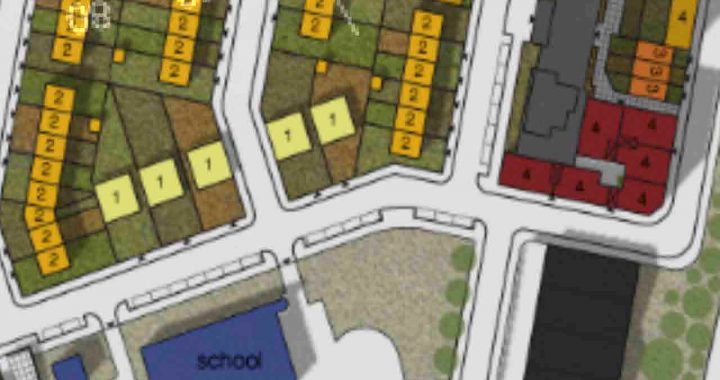
What decision-making methods and tools are used to create places that people need and enjoy?
- What are places for? People or profit?
- What is the scale of the public participation and role in decision-making?
- Can participatory design and planning practices make a difference in developing responsive places?
- What are the forms, means, and techniques for social engagement in the participatory process?
- How are private, market and public interests negotiated and mediated?
- How do planners engage in planning and regeneration of communities?
The above questions were raised by the speakers at the event ‘Sustainability and resilience of buildings, settlements and natural environment: Research, practice and support for social innovation’, organised by the Department of Architecture, University of Strathclyde, in April 2015, whose outputs were published in the report available on the Department’s website.
The answers were provided at the knowledge exchange symposium on decision-making about place making held in June 2016 and sponsored by Scottish Natural Heritage.
The speakers presented recent research, examples from planning practice, evolving government policies and new tools for public participation in decision making. The symposium talks are presented in three thematic sections:
- Part 1: Theoretical foundations, research on urban design and expert judgement methods
- Part 2: Scottish context, experience and policies
- Part 3: Innovations in community engagement and use of digital technologies
In total, seven speakers have contributed to this course. They are from the Department of Architecture and the Department of Management Science at the University of Strathclyde Glasgow, Scottish Natural Heritage, Royal Town Planning Institute (Scotland and Northern Ireland), Royal College of Art in London and Innovate Dublin.
The topics are of interest to local authorities, planning consultants, architects, researchers and community groups.
Decision-making for place making
Buy now and access immediately
SPEAKERS: Part 1

Prof. Ashraf Salama, University of Strathclyde
Prof. Salama is the Head of the Department of Architecture. His talk explores the link between public participation in decision making about places with the concept of conceived, perceived and lived spaces as proposed by the French philosopher and sociologist Henri Lefebvre.

Prof. Sergio Porta, University of Strathclyde
Sergio Porta is Professor at the Department of Architecture.
His talk explains how flexibility in urban design can assist in bringing communities into the decision making about places.

Dr Matthew Revie, University of Strathclyde
Dr Revie is Senior Knowledge Exchange Fellow at the Department of Management Science at the Strathclyde Business School. His talk explains how the Structured Expert Judgement method can assess risk and uncertainty, and assist in decision making about any plans and projects, including those related to the built environment.
SPEAKERS: Part 2

Clive Mitchell, Scottish Natural Heritage
Clive Mitchell has worked for Scottish Natural Heritage for about 20 years. In his current role Clive has a direct interest in public service reform and working with others to make places better for nature and people.
Clive’s talk examines what is public domain today, i.e. who are the actors and how they make decisions about places.

Craig McLaren, Royal Town Planning Institute Scotland and Northern Ireland
Before joining the RTPI in 2011, Craig set up and directed the Scottish Centre for Regeneration and Scottish Government’s agency Communities Scotland.
Craig’s talk provides an overview and update on policies for linking spatial and community planning in Scotland.
SPEAKERS: Part 3

Dr Harriet Harriss, Royal College of Art in London
How do we educate architects and urban planners to respond to specific community challenges?
Dr Harriss offers some answers based on her research and experience in public participation in architecture and in the development of 'participation prototypes’ for a range of public and private sector clients.

Donagh Horgan, Innovate Dublin
Donagh Horgan is a design strategist, service innovator and architect working mainly in Europe and South America.
His background is in engagement-led design and planning. Donagh champions open process and dialogue in the planning of social infrastructure, spaces and services.
Donagh previously led on strategy and engagement for FutureGov in London, working with NESTA, Google, local and national authorities
Decision-making for place making
Buy now and access immediately
Your Feedback
Your comments and questions related to the contents in both videos and suggestions for other online continuing professional courses related to architecture and urban planning are very welcome, and can be sent to Branka.Dimitrijevic@strath.ac.uk
